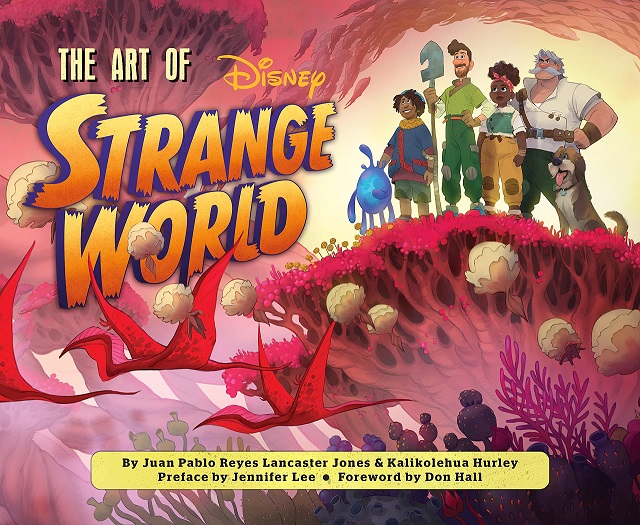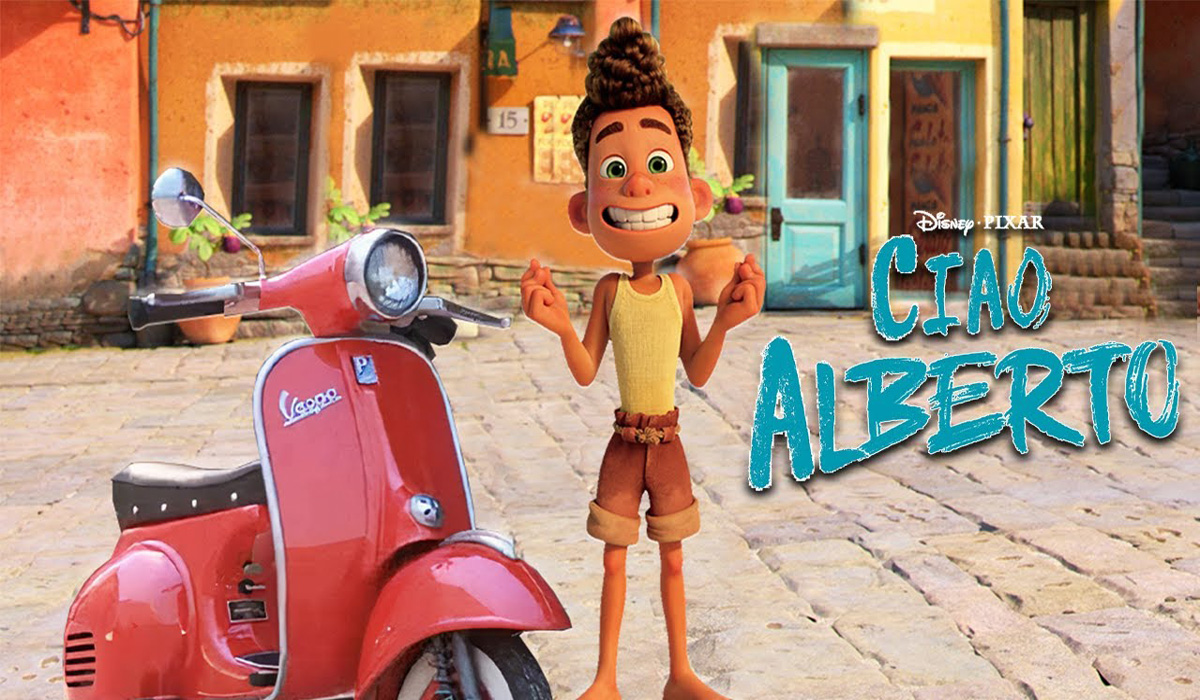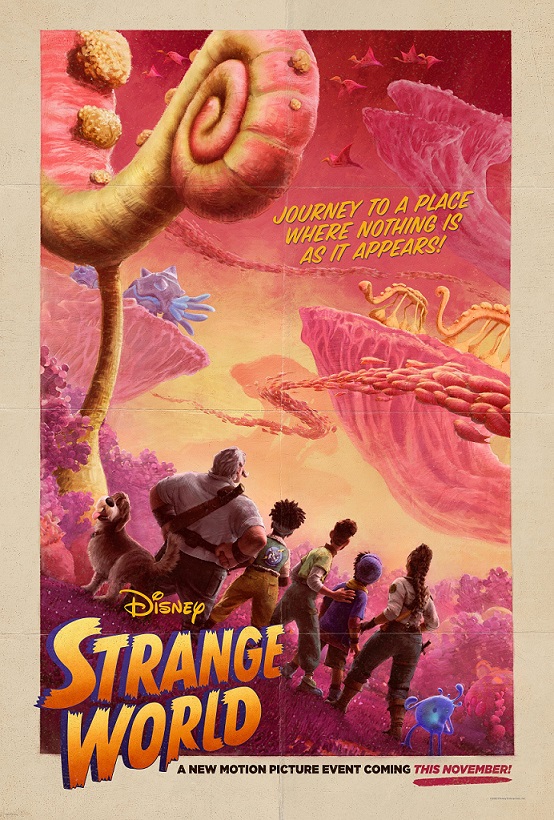 As legend has it, the destiny of the people of Avalonia is to reconnect with the world beyond the impassable mountains that surround their home. When Avalonia is in danger, it is up to the Calde family to travel deep into strange and unknown territory to save their abode.
As legend has it, the destiny of the people of Avalonia is to reconnect with the world beyond the impassable mountains that surround their home. When Avalonia is in danger, it is up to the Calde family to travel deep into strange and unknown territory to save their abode.
To accompany them musically, the creators of Strange World appealed to composer Henry Jackman, who seemed indeed to be the perfect candidate for the job. Jackman has established himself as one of today’s top composers by fusing his experience as a successful record producer and creator of electronic music – which did wonders on Wreck-It-Ralph, Ralph Breaks The Internet and Big Hero 6 – with his classical training.
Growing up in the southeast of England, he began composing his first symphony at the age of six. He studied classical music at Oxford and sang in the St. Paul’s Cathedral Choir while getting involved in the underground rave scene and producing popular electronica music and dance remixes, eventually working with artists such as Seal and The Art of Noise.
So, the composer is obviously used to stretching his creative muscle to explore the most diverse of universes, from Winnie The Pooh to X-Men: First Class, Kick Ass or Puss In Boots.
Strange World provided another territory for him to explore, and was a particularly exciting challenge.
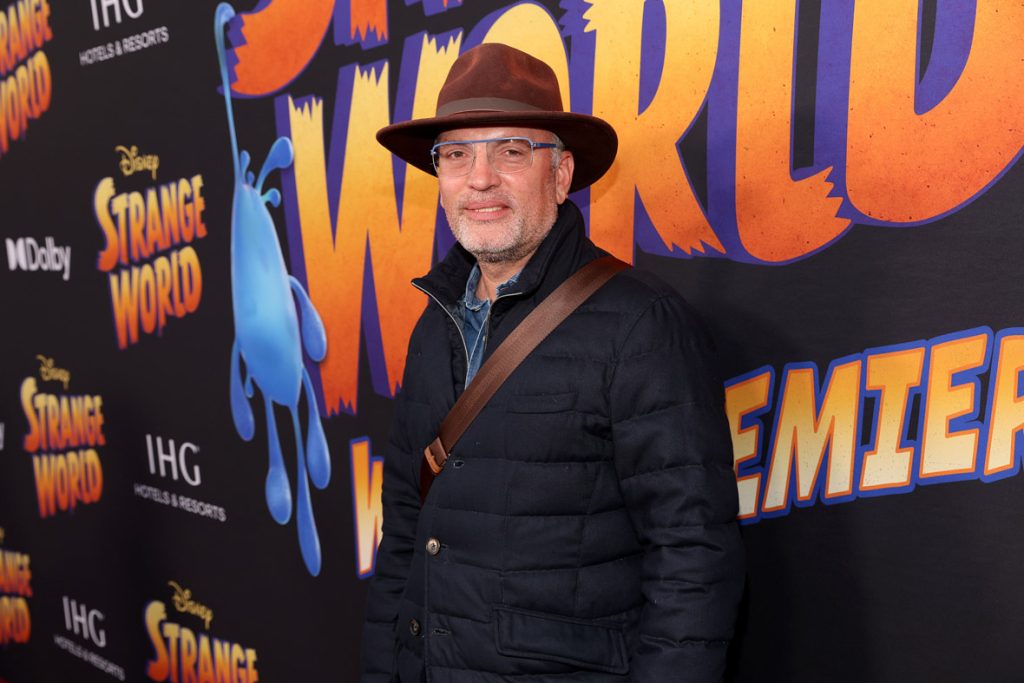
Animated Views: After the electro universes of the Ralph movies and Big Hero 6, your score for Strange World stands out with a radically different approach.
Henry Jackman: Indeed, in the case of Ralph and Big Hero 6, big themes and the big orchestra were associated with strong electronic elements. In the case of Wreck-It-Ralph, it was very much 8-bit. With Ralph Breaks The Internet, it was more modern, and in Big Hero 6, the techno elements would reflect the science of the sets, almost like the Silicone Valley. Now Strange World is very much not like that, in the sense that it depicts a fantastical, but organic, not so technological world. It is very much a celebration of the symphony orchestra in all of its pomp and glory. That’s not to say that there’s not some extended colors. It’s orchestra plus real concert choir enhanced with a kind of otherworldly synth choir that blends with it. Also, sometimes string lines are combined with fantastical string sounds. But it’s just an augmentation, unlike Big Hero where you hear things that are very deliberately supposed to sound like they come from the fabric of the world of electronic music. In Strange World, electronic elements are used to enhance and extend the sound of the orchestra, a bit like augmented reality.
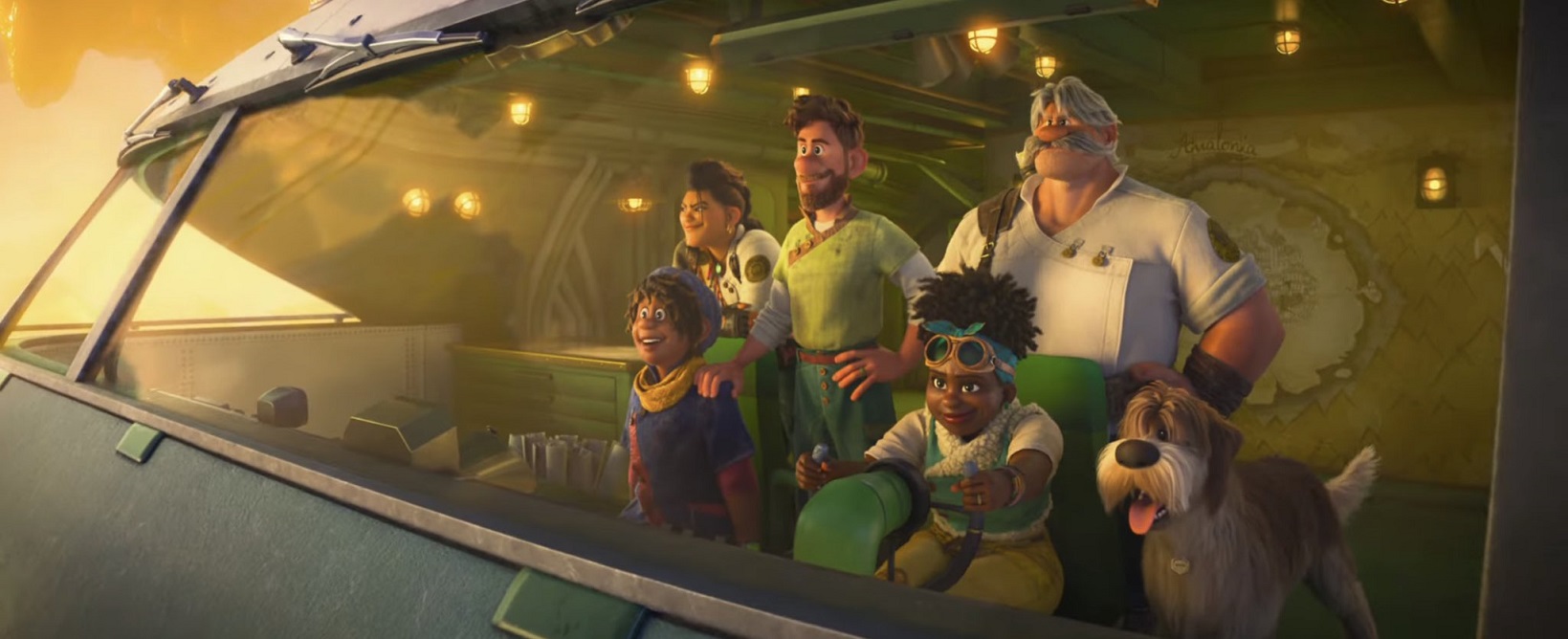
AV: Indeed, the strangeness of the musical world you created for the film doesn’t just lie in these augmentations. The truth is out there…
HJ: Rather than going through electronics, the most important device I’m using to evoke another world is unusual melody and harmony. There are some augmented colors in it, but I’d rather take my inspiration from great composers like Debussy and Scriabin, composers who have a wide range of use of harmony that’s intriguing and otherworldly. Don Hall, the director, with whom I’d already done Winnie The Pooh and Big Hero 6, has been nothing but encouraging. We also talked about other musical references, like Raiders Of The Lost Ark and Empire Strikes Back. I wouldn’t dare compare myself to John Williams, but these scores correspond to a certain type of action-adventure, a certain use of committed thematic orchestra. It’s a reference for everyone. People come and know what that feels and what that sounds like. Of course, you can’t hope to reach the grand style of the master himself, but at least you could give yourself an ambitious inspiration. So, I was very happy we were all on the same page with what this world should feel like.
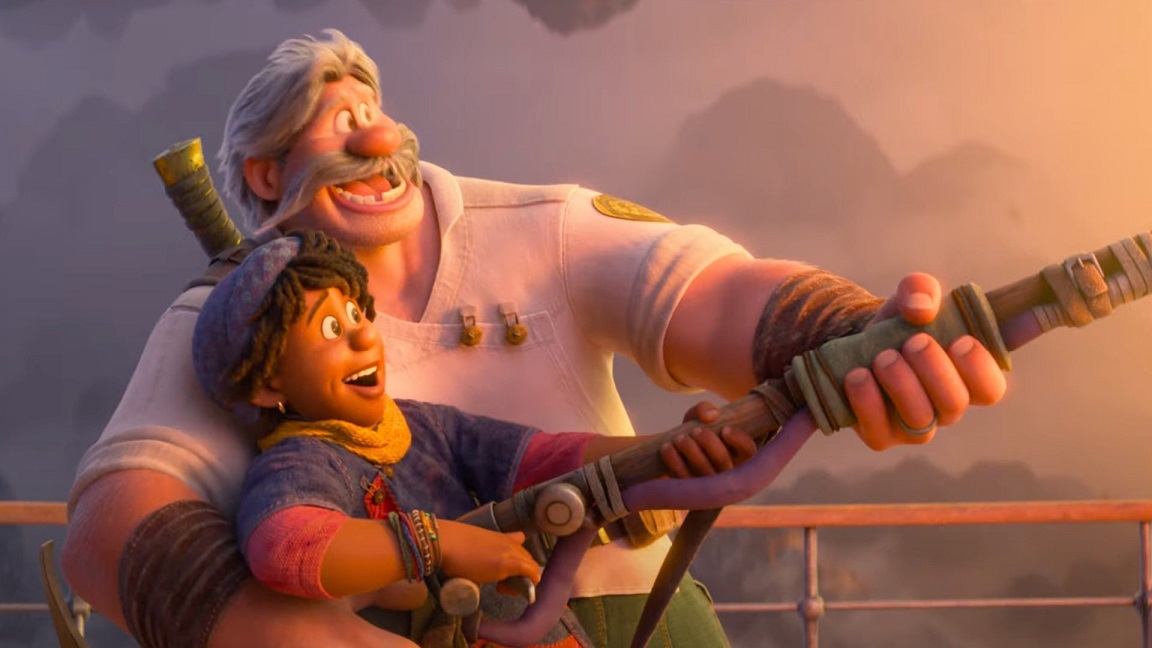
AV: How did you make your score “strange”?
HJ: I was working on The Gray Man for Netflix and I’d been talking about Strange World, then I got this little idea. So, I took a couple days out of the production which was in very good shape, and I came out with these four harmonic positions, like a series of arpeggios that was a sort of a four-chords sequence. When I first came out with them, I didn’t analyze the harmony, I just wrote them as they came and felt happy with them. And because the four chords themselves were so unusual, when it came to writing a melody, there was only a certain amount of notes that were available to me, and it ended up pushing me into all sorts of unusual dissonances that were still melodic. It felt like beautiful-ish and melodic but also a bit dissonant. Because it was written almost away from picture, I wrote that as 3 minute and a half piece which I called “Strange World Passacaglia”. It was strange because it almost felt like the piece was in charge of writing itself and I was in charge of serving the piece. Some of the arpeggiation with the harp reminded me of Debussy-Ravel, like La Mer. Also, something about the string line feels a bit like an Austro-Germanic tone poem, something Wagnerian.
Because of that kind of unsettling character, I was prepared for some reactions. I remember thinking that the people of Disney would think maybe that would better fit to a concert hall than to an animated feature, but they loved it in the end! Even during the recording, the leader of the orchestra came to me to ask: “Are you sure of that note? Do you mean that?” “Yes, I mean that! I know it’s not what you could expect, but it’s correct. Trust me.” Having written this piece away from picture, it provided the DNA of the score with its contradictory tension, and it made something that felt lush at the same time. Not scary like the score of Predator, but very odd. Somehow like the trumpet theme in Jerry Goldsmith’s Alien score. That’s a good example of something melodic, almost like a romantic overture for that sort of a theme. It’s melodic, it’s beautiful, but it’s not safe…
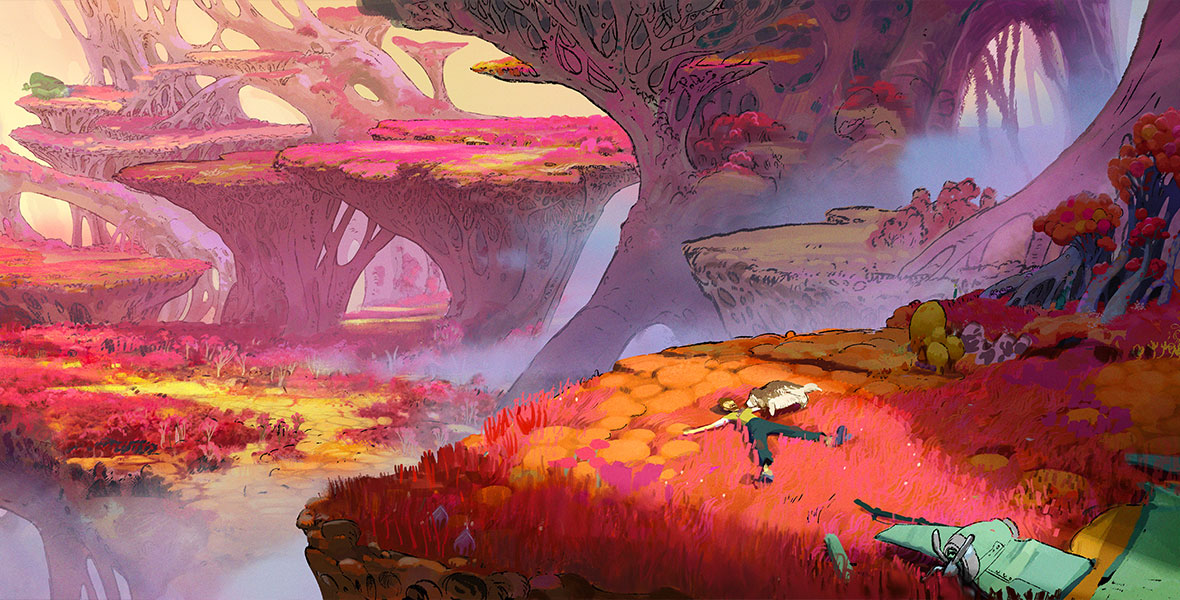
AV: How did you use that material within the very score of the movie?
HJ: Even though I wrote it away from picture, and because the directors loved it, I used it as my secret weapon, my Leitmotiv. For any entity that appears in this strange world, I tried to keep going back to this original material. Then, I kind of deconstructed that material from the Suite to fit the story. Some way or another, everything coming into that strange world comes from that piece. It’s kind of the DNA of that world. My secret code…
With our thanks to Henry Jackman, Matt Justmann and Samantha Shea.



